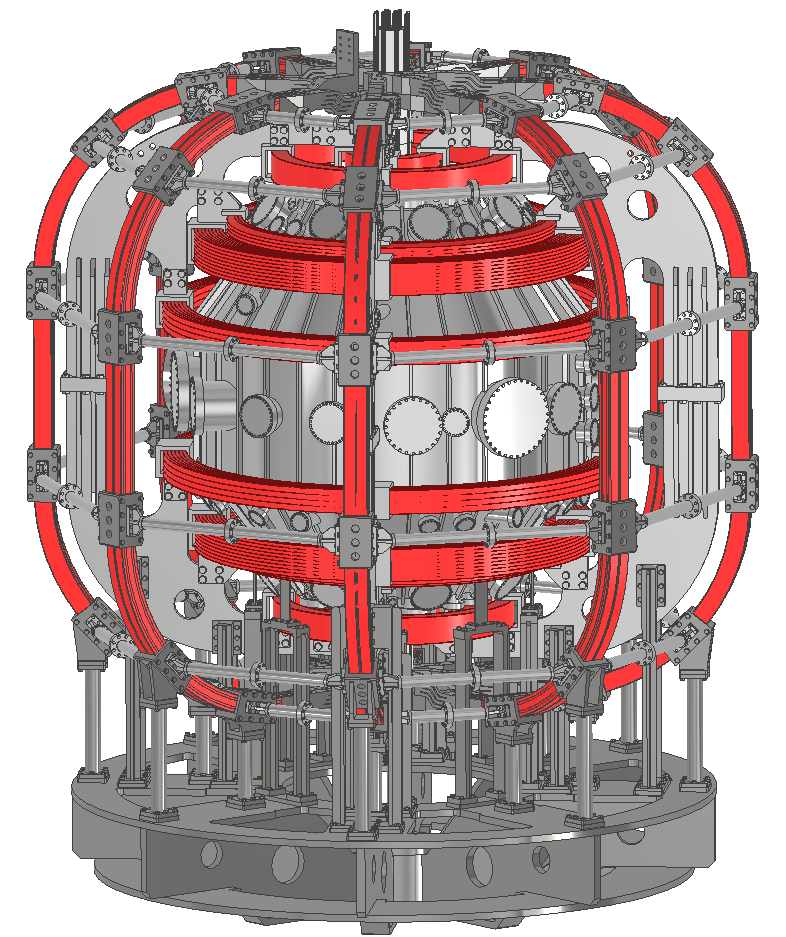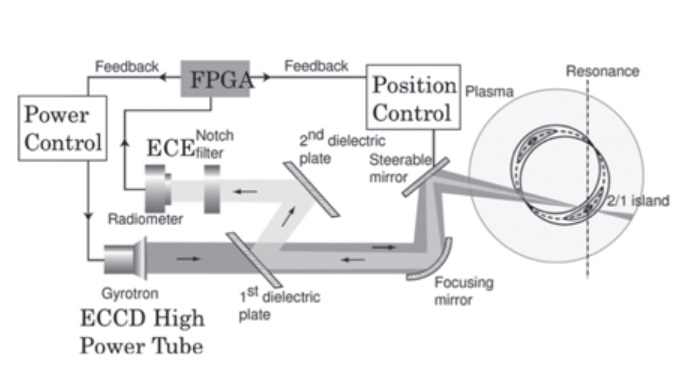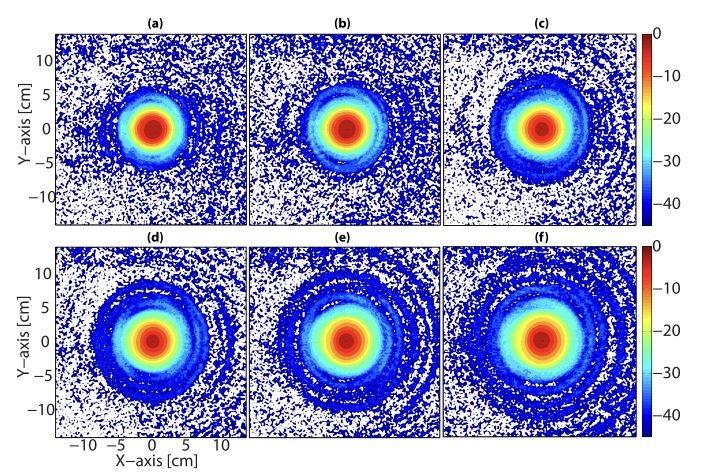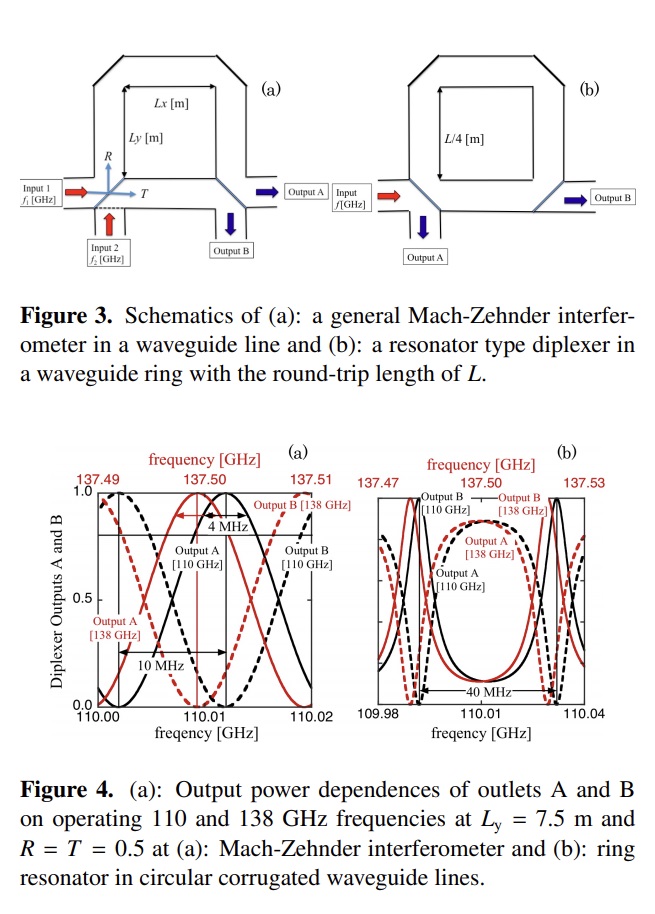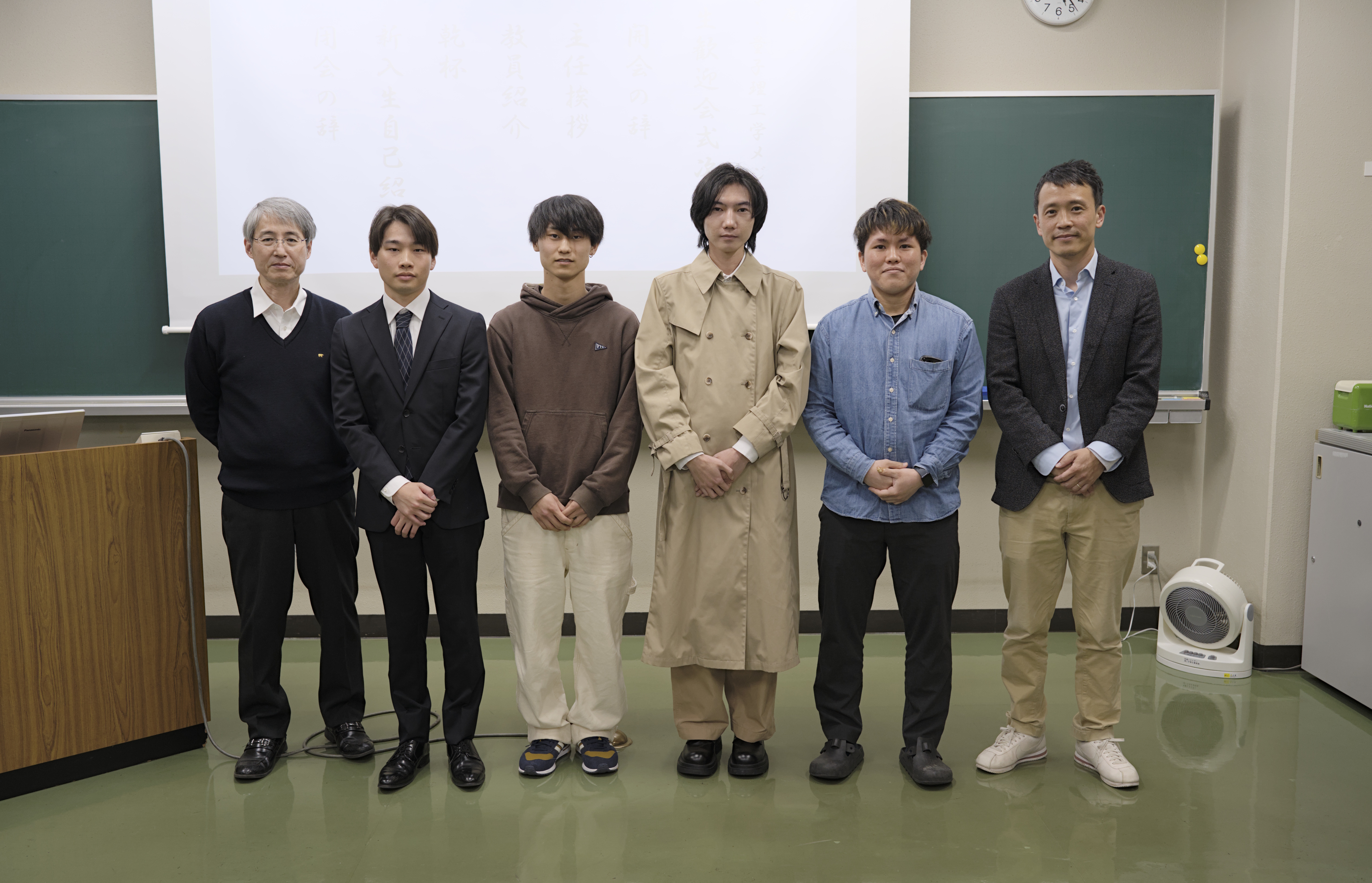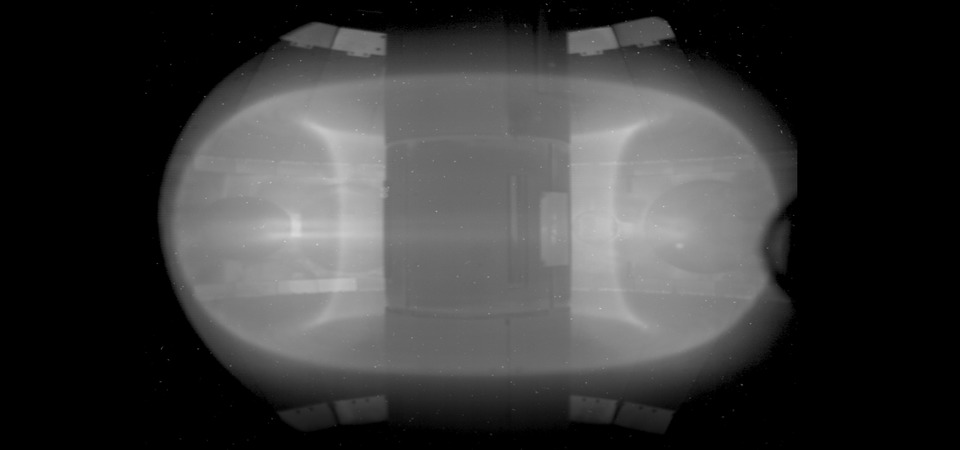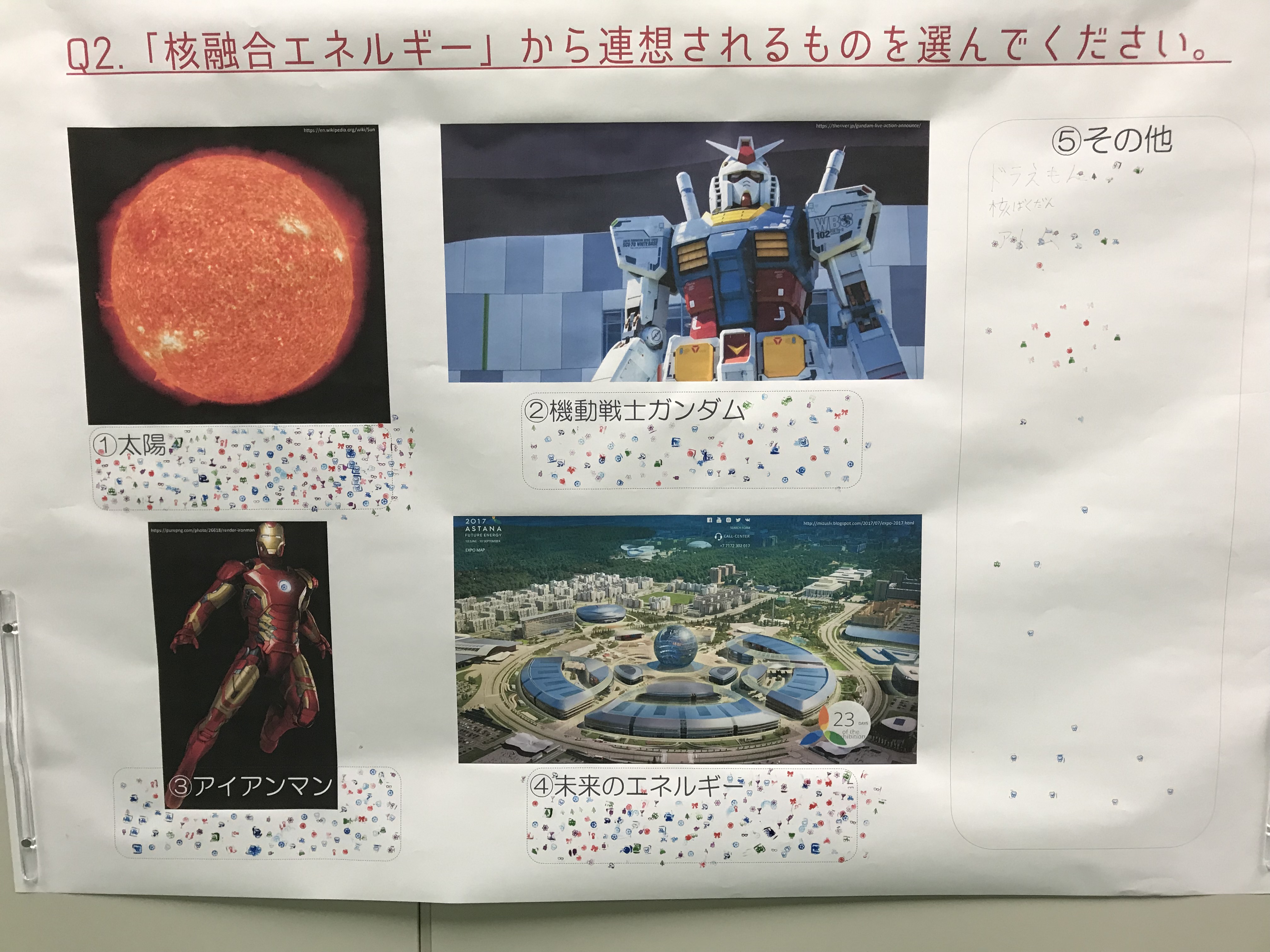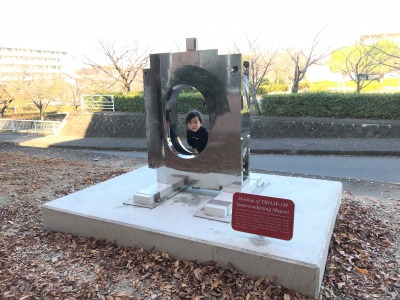QUEST
▶ Read moreQUEST (Q-Shu University Experiment with Steady-State Spherical Tokamak) is the largest spherical tokamak device in Japan, and was constructed in 2008 at the Chikushi Campus (Kasuga City, Fukuoka Prefecture). IIlab is conducting physics and engineering research on plasma and fusion using QUEST. The development of a fusion reactor is the largest international cooperative project since the International Space Station, and requires long-term, continuous research and development. Kyushu University has the Research Institute of Applied Mechanics, where many researchers in the field of plasma fusion are gathered, which is rare among Japanese universities, and is making efforts to build an academic foundation to accelerate the realization of fusion reactors and to train the next generation of researchers. The researchers who will start their research in this field are an exciting generation who may be involved in nuclear burning experiments and DEMO reactor development in ITER and witness the crystallization of mankind's best science and technology (dream energy source).
QUEST (Q-Shu University Experiment with Steady-State Spherical Tokamak) is the largest spherical tokamak device in Japan, and was constructed in 2008 at the Chikushi Campus (Kasuga City, Fukuoka Prefecture). IIlab is conducting physics and engineering research on plasma and fusion using QUEST. The researchers who will start their research in this field are an exciting generation who may be involved in nuclear burning experiments and DEMO reactor development in ITER and witness the crystallization of mankind's best science and technology (dream energy source).
